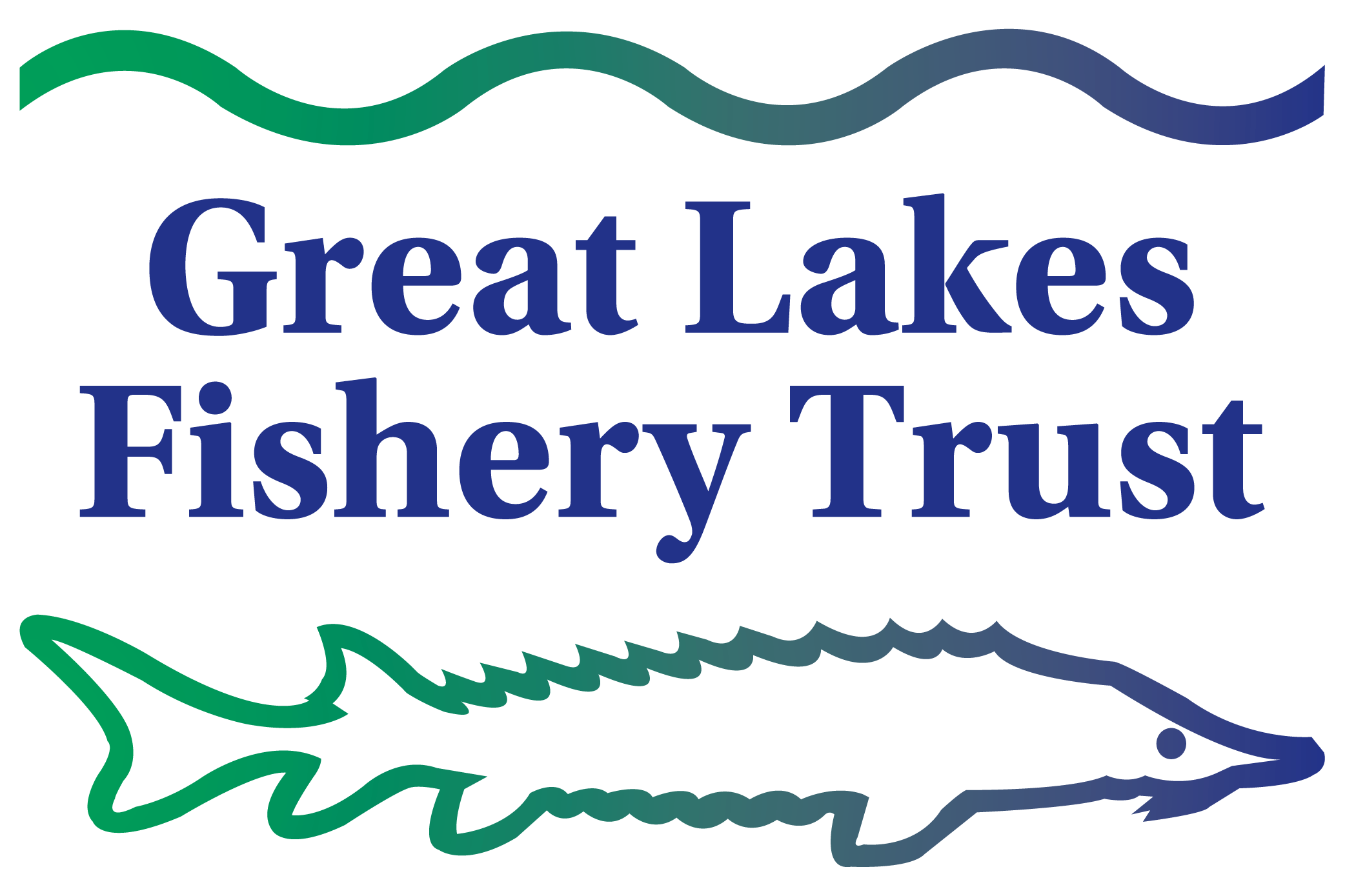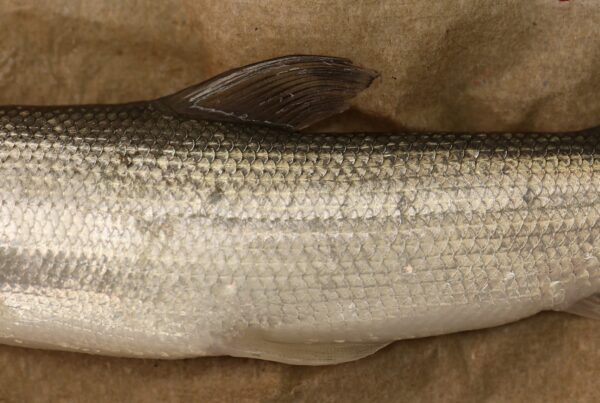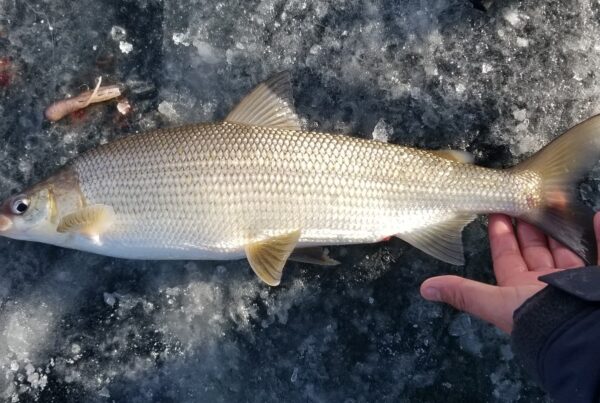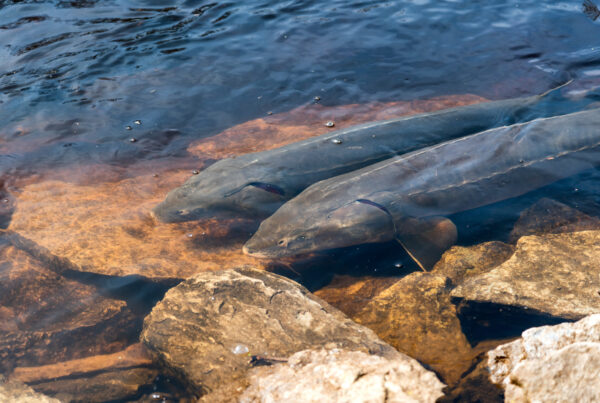Can 21st-century tools aid cisco recovery?
The story of Great Lakes cisco, cisco Coregonus, and its management is long and varied and, fortunately, not over. Historically, this deep-water fish was the major forage fish in the Great Lakes food chain and supported commercial fisheries from Lake Michigan to Lake Ontario. As a result of overfishing, habitat loss and the introduction of invasive species, some cisco species have been extirpated from parts of their historical range and others have decreased in abundance. Extensive management and restoration measures have been undertaken by tribal, state and federal agencies in the U.S. and Canada. Cisco abundance appears to be increasing, sparking interest among some groups in reestablishing lost populations.
A critical knowledge gap in these efforts to conserve and restore cisco has been cisco taxonomy, which aids in defining the appropriate conservation units for fishery managers. Advances in genomics allows investigations of the genetic basis of adaptation in cisco that were not available even a decade ago. New research using genomic tools to clarify cisco population structure and taxonomy is yielding exciting information that challenges the current understanding of the Great Lakes cisco family tree.
Findings shed new light on cisco taxonomy
The dominant theory of cisco taxonomy is that cisco species evolved within the lakes and any differentiation in species or forms is based on which lake environment they inhabit. With this understanding, scientists and fishery managers would expect that cisco can be stocked in a particular environment and the fish will adjust to that environment. With support from the GLFT, a research team led by Wesley Larson, previously from the U.S. Geological Survey and Wisconsin Cooperative Fishery Research Unit in the College of Natural Resources at University of Wisconsin-Stevens Point, and Amanda Ackiss, also previously from the Research Unit, challenged that hypothesis in ways that may help preserve cisco diversity and inform recovery of the fishery.
The research team also included Wendylee Stott, Great Lakes Science Center and Michigan State University; Julie Turgeon, Université Laval, Québec, Canada; Kevin Donner, Little Traverse Bay Band of Odawa Indians; and Jory Jonas, Michigan Department of Natural Resources. The main goal of the study was to employ genomic methods to improve understanding of genetic variation among the forms of cisco. The work funded by the GLFT was part of a much larger effort to conduct genomic research on Great Lakes cisco.
Four main forms of cisco were studied, C. artedi, C. hoyi, C. kiyi and C. zenithicus. Specifically, the team genotyped 30 populations of cisco at thousands of genetic markers using restriction site-associated DNA sequencing. Then they conducted population genetic analyses to investigate genetic structure among lakes and forms. Finally, the team examined adaptive variation across the cisco genome with the aid of a recently created cisco linkage map.
The study provides some of the first evidence that cisco forms in the Great Lakes are genetically differentiated. The research team could differentiate cisco forms everywhere those forms are found. Moreover, the findings suggest that the divergence among those forms appears to predate recolonization of the Great Lakes, indicating there is more differentiation among the forms than among the lakes. This high genetic differentiation suggests that separate conservation units could be constructed for each form, which would be a different strategy from the current approach that promotes preserving environments.
”This project was the start of a genomic revolution for cisco and has inspired a line of research that will likely continue for the foreseeable future.
Wes Larson, Ph.D.National Oceanic and Atmospheric Administration
Project increases collaborations that benefit cisco fishery
Over the course of the project, the research team developed relationships among their respective institutions and organizations as well as with the Ontario Ministry of Natural Resources and Forestry, tribal management agencies and the USGS Science Center in Ashland, Wisconsin. In addition, the team grew the network of collaborators by giving multiple presentations of study results to scientists across the basin. This network will be critical to developing conservation and restoration strategies for Great Lakes cisco if this new taxonomic understanding holds.
Learn more about using genomic tools to investigate adaptive diversity in Great Lakes cisco
For more information about the study design, results and implications, see Amanda Ackiss, Wes Larson, and Wendylee Stott’s “Genotyping by Sequencing Illuminates High Levels of Divergence Among Sympatric Forms of Coregonines in the Laurentian Great Lakes” in Evolutionary Applications, pages 1,037 through 1,054.
For questions, contact Wes Larson at [email protected] or Amanda Ackiss at [email protected].
Disclaimer
Research Notes includes the results of GLFT-funded projects that contribute to the body of scientific knowledge surrounding the Great Lakes fishery. The researcher findings and grant result summaries do not constitute an endorsement of or position by the GLFT and are provided to enhance awareness of project outcomes and supply relevant information to researchers and fishery managers.
